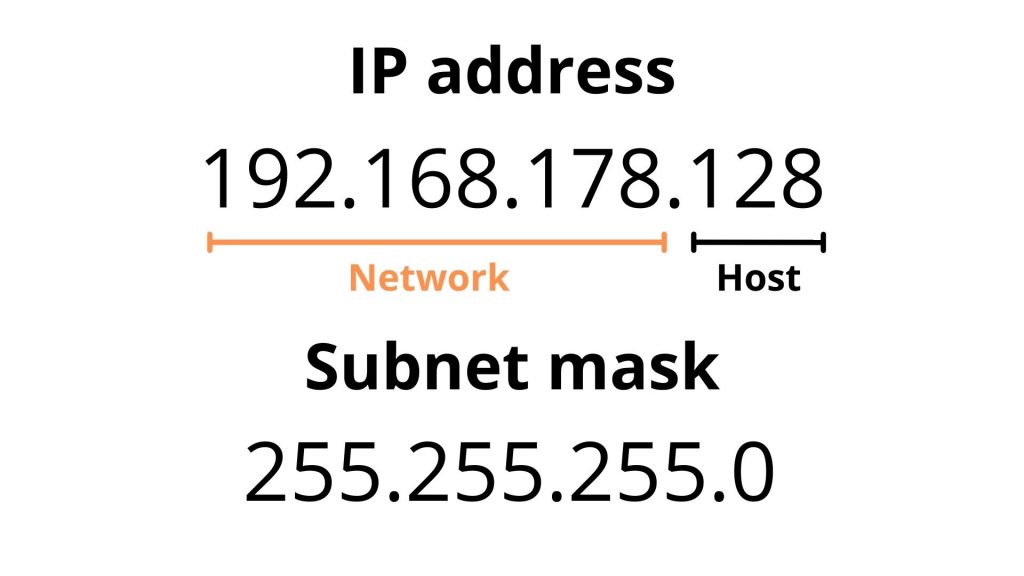In the world of networking, numbers often tell powerful stories. One such number combination, 172.16.252.214;4300, may look like a random string, but it carries significant meaning when interpreted correctly. Whether you’re a network administrator, cybersecurity enthusiast, or just curious about how data flows across the internet, understanding this notation helps decode the hidden mechanisms that make digital communication possible.
What Does 172.16.252.214;4300 Represent?
To break it down, 172.16.252.214 represents an IP address, while 4300 likely denotes a port number. When combined as 172.16.252.214;4300, it identifies a specific endpoint for a networked device or service. The semicolon in this case functions similarly to a colon in standard notation (e.g., 172.16.252.214:4300). It’s a pairing of an IP and port that tells a computer not just where to connect, but how and to what service.
This structure is common in private networks, where devices communicate securely within a limited IP range. The “172.16.x.x” range belongs to private IP addresses defined by the Internet Assigned Numbers Authority (IANA). It’s not routable over the public internet, meaning it’s used internally—within offices, data centers, or local servers—for system control, testing, or internal communication.
The Role of IP Addresses in Networking
An IP address (Internet Protocol address) acts as a digital identifier, allowing devices to locate and communicate with each other. In simple terms, it’s like a mailing address for your computer or server. The address 172.16.252.214 falls under the Class B private IP block, which ranges from 172.16.0.0 to 172.31.255.255. Organizations often use this block to create stable internal networks that are isolated from public internet exposure.
Private IPs like this help maintain security by keeping internal systems off the global web. For instance, an internal business server or a testing environment might operate under such an address. Access is limited to authorized devices within the network, protecting it from external intrusion.
What About the Port Number 4300?
Ports are virtual gateways that let computers send and receive information. The port number 4300 specifies which service or application a device is trying to access. Think of the IP address as the building, and the port number as the specific room where a particular service resides. For example, port 80 is commonly used for web traffic (HTTP), while port 443 is reserved for secure web connections (HTTPS).
Port 4300 doesn’t belong to the list of “well-known ports,” which makes it likely to be used for custom or internal applications. A company might assign it to a proprietary database, server control panel, or an internal monitoring tool. Using higher-numbered ports like 4300 helps avoid conflicts with standardized services and allows organizations to fine-tune their internal network operations.
Why 172.16.252.214;4300 Matters
Understanding 172.16.252.214;4300 can reveal a lot about how organizations structure their private networks. It’s not a random figure—it reflects a deliberate system design. Private IPs combined with custom ports enhance both security and efficiency. By segregating internal traffic, companies minimize the risk of data exposure and maintain better control over their resources.
From a cybersecurity standpoint, knowing the implications of such configurations helps identify potential vulnerabilities. Misconfigured internal IPs or exposed ports could lead to unauthorized access if they somehow become reachable from outside networks. That’s why professionals often audit private IP usage, restrict access through firewalls, and monitor unusual traffic patterns.
Common Uses of Addresses Like 172.16.252.214;4300
-
Internal servers: Used to host local databases, applications, or intranet services.
-
Testing environments: Safe spaces for developers to test new systems without affecting live services.
-
Device communication: Enables smooth data flow between routers, switches, and other internal network hardware.
-
Security and monitoring tools: Supports tools that track internal activity, performance, or anomalies.
In essence, such addresses ensure that complex systems communicate seamlessly behind the scenes, powering everything from corporate email servers to industrial control systems.
Conclusion
The sequence 172.16.252.214;4300 encapsulates a fundamental aspect of digital networking—precise, secure, and efficient communication. The IP address defines location, while the port number designates purpose. Together, they represent a controlled entry point into the internal workings of a network. Whether used for data transfer, testing, or system control, this structure exemplifies the meticulous design that keeps private networks functional and protected.
Understanding how it operates deepens your insight into network management, cybersecurity, and the intricate digital architecture that supports modern technology.
